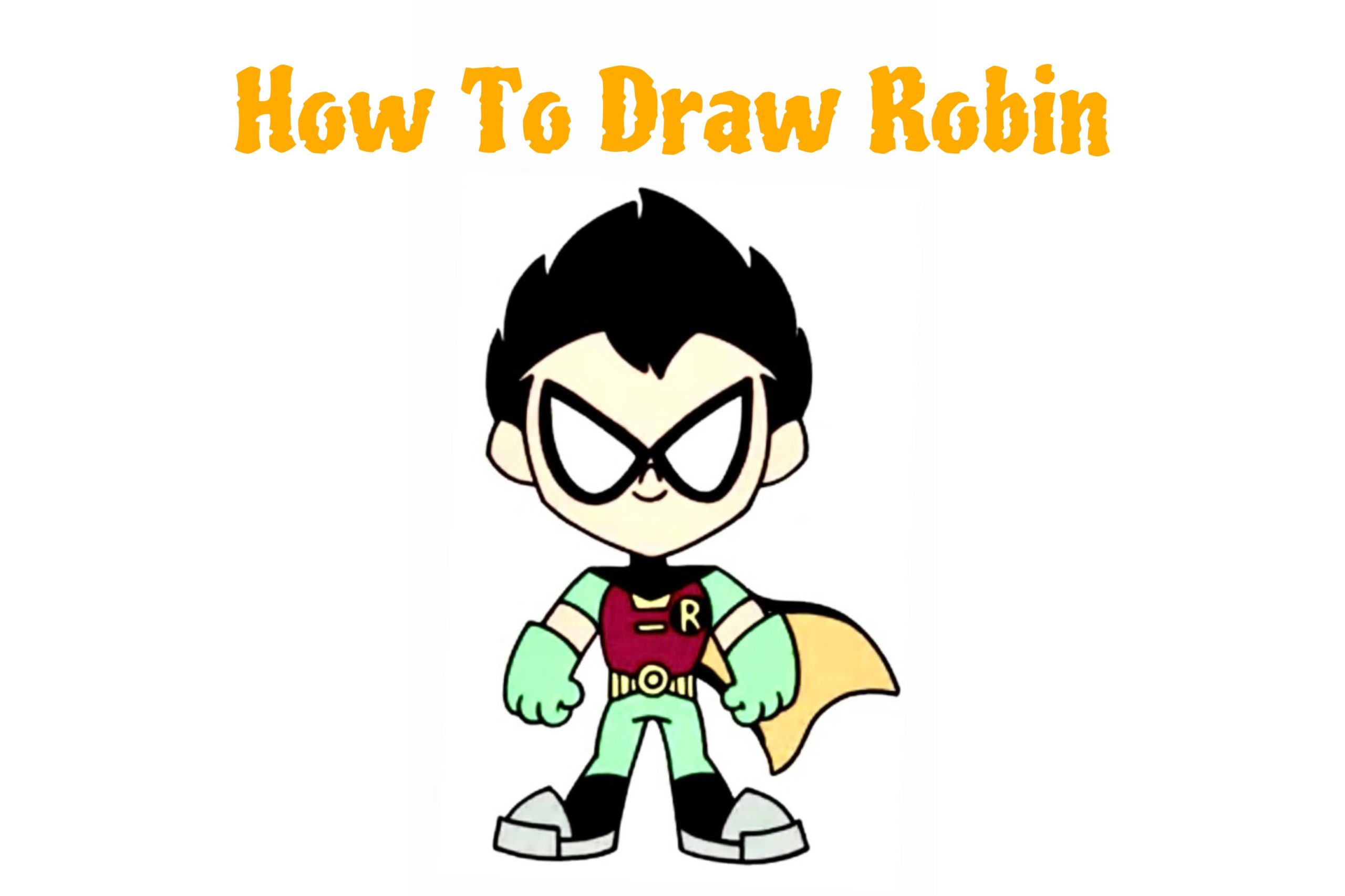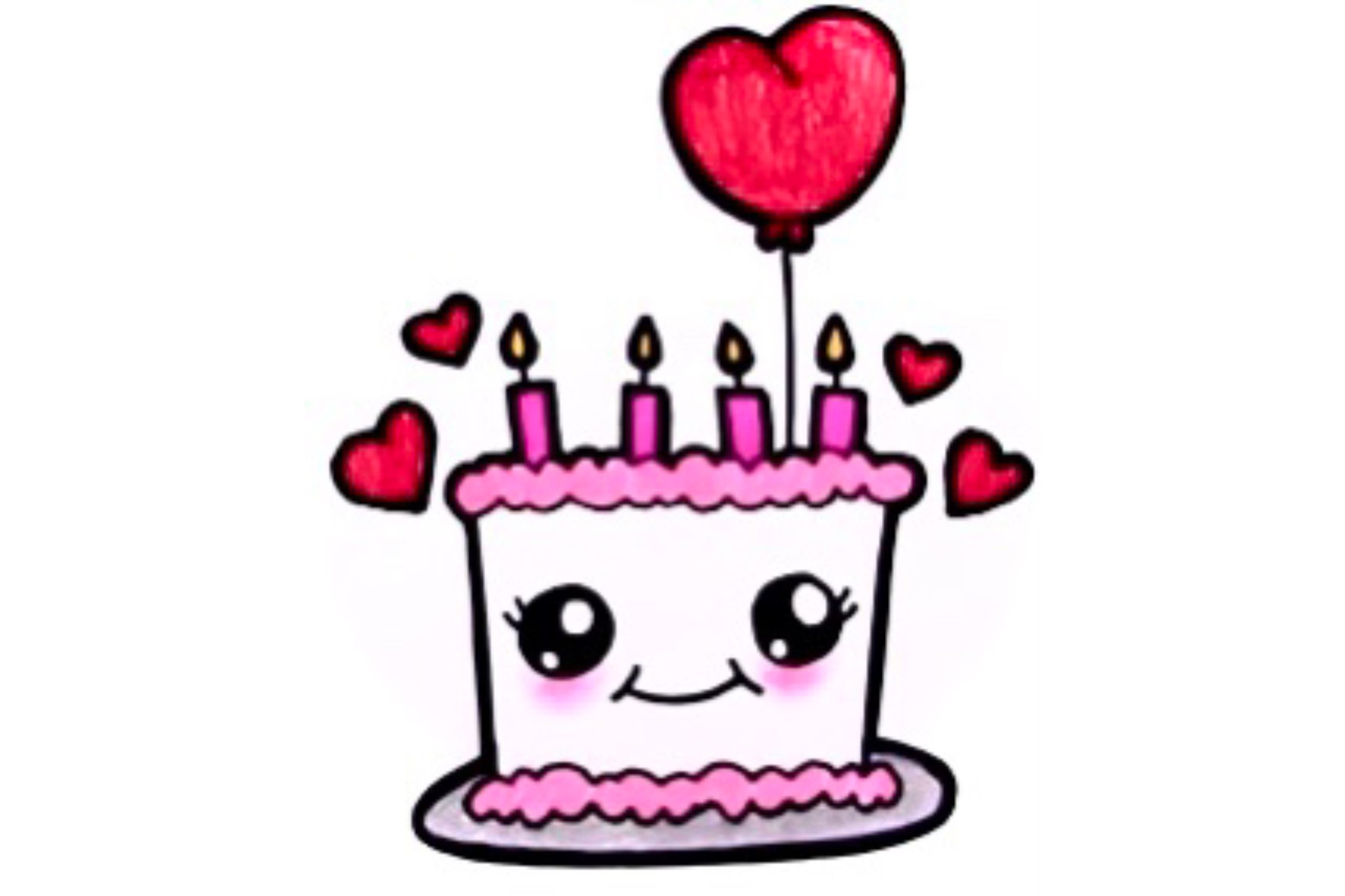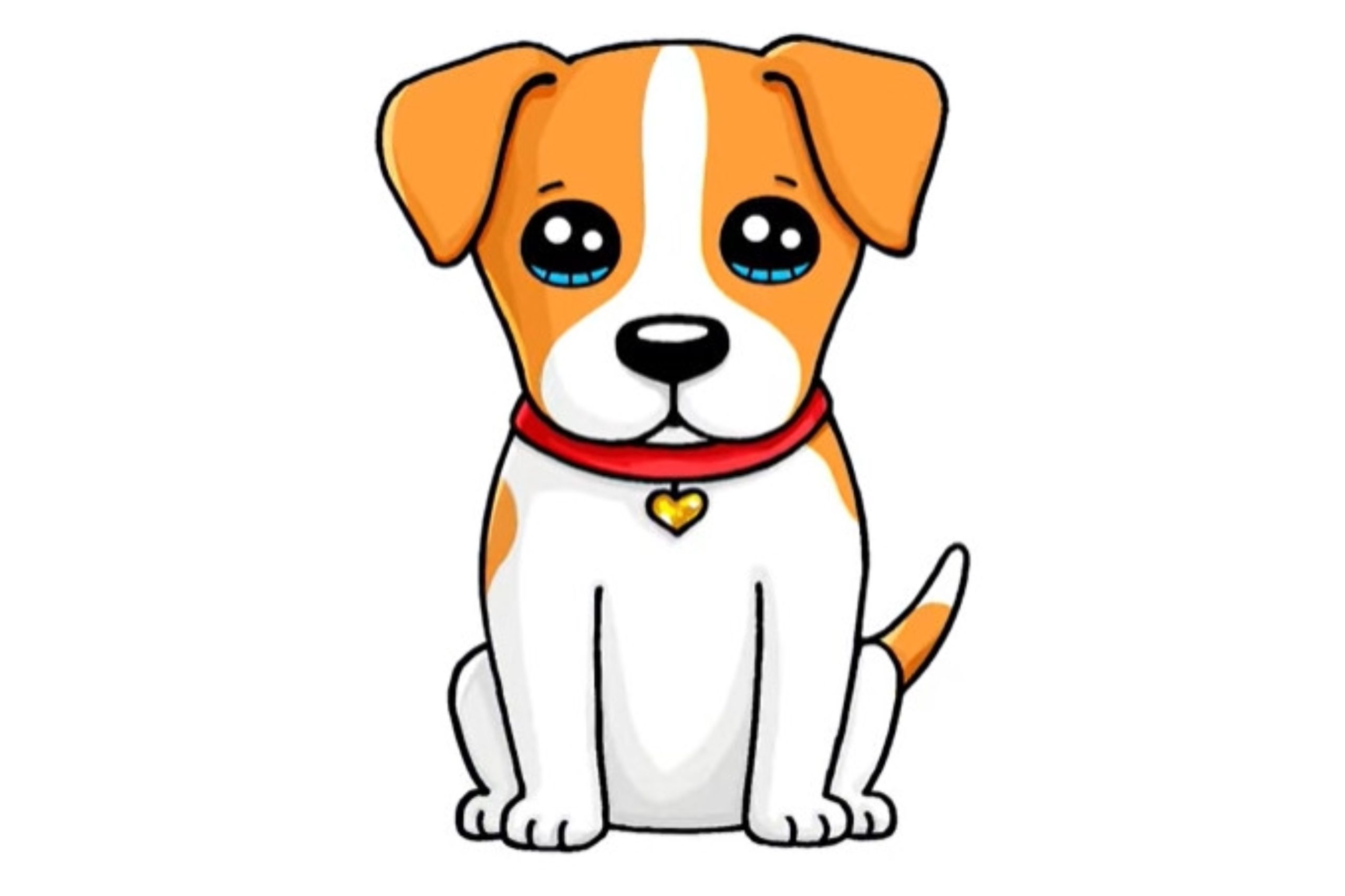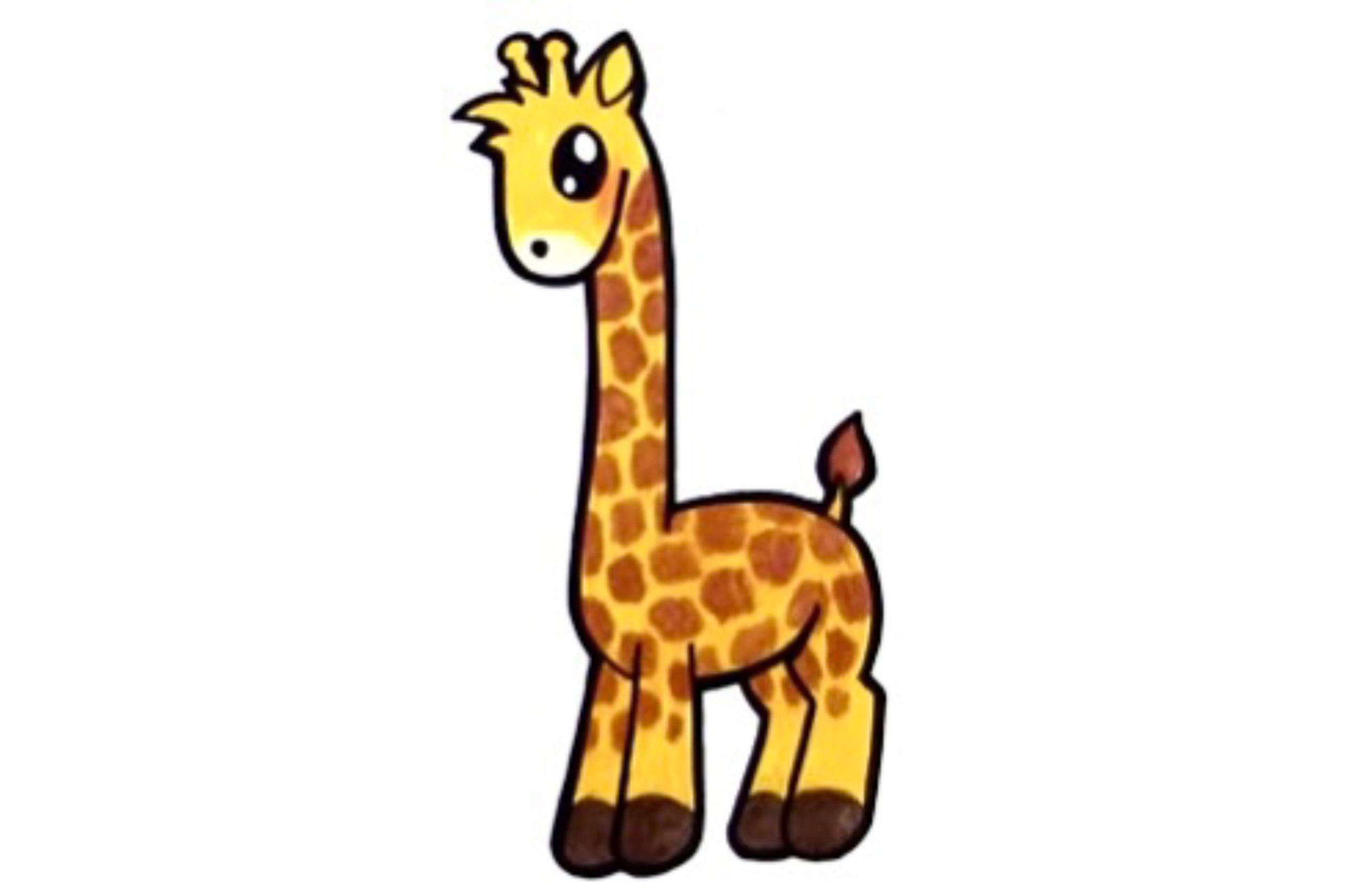Coloring Activities, Knowledge
Coloring Skills For Making Your Own Coloring Book
Today Jorz.art will help you learn how to make your own coloring book with our simple tutorials This coloring skill will renew your coloring experience.
I. Introduction
To be honest, coloring is not just for kids. It can be enjoyed by everyone. Adult coloring books are so popular because you will create a lovely work of art when you are done. Also, a 2017 study discovered that coloring lowers stress and anxiety. Thus, the actual query is: Why are you not coloring? The good news is that you can create your own if the problem is just that you have not found the ideal book. Making your own coloring file is actually simpler than you may imagine, and it also fosters creativity.
You will also be well on your way to mastering coloring books if you follow the advice and tutorial provided below.
II. Step by step tutorial
1. Identify the Alignment and Size
You must do some planning before you begin drawing your pages. First and foremost, decide on the size of your coloring book. It is ideal to maintain it at 8.5 x 11 inches so you can scan and print the pages from home, but you can create it any size you choose.
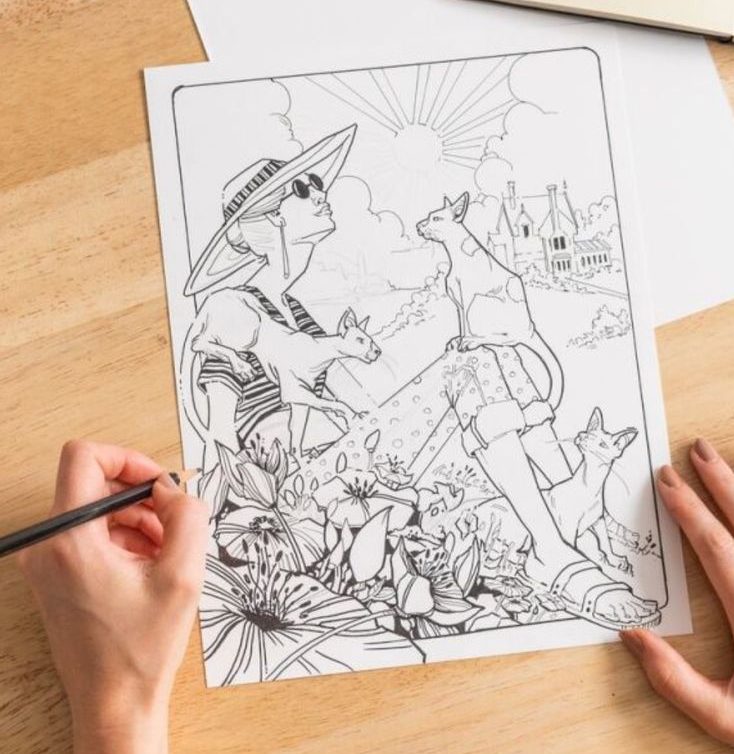
Do not forget to consider alignment. If someone were to look through your coloring book and find a mishmash of images that are both vertical and horizontal, it could be a little startling. Thus, make an effort to align each image either vertically or horizontally.
2. Select a Topic
Selecting a theme is vital before you begin creating your coloring sheet. This could be abstract patterns, portraits, animals, or scenes from nature. Your idea-generating process will be guided and helped to focus by the theme. Whether your target is an adult seeking elaborate designs to reduce tension or a child who enjoys humorous figures, think about what might appeal to them. After you have decided on a subject, you should start compiling a list of the pictures or illustrations you wish to use. This list will help you arrange your thoughts and act as the basis for your coloring book.
You can use your creativity to the fullest extent here. Select a theme that speaks to you and get to work creating your pages. 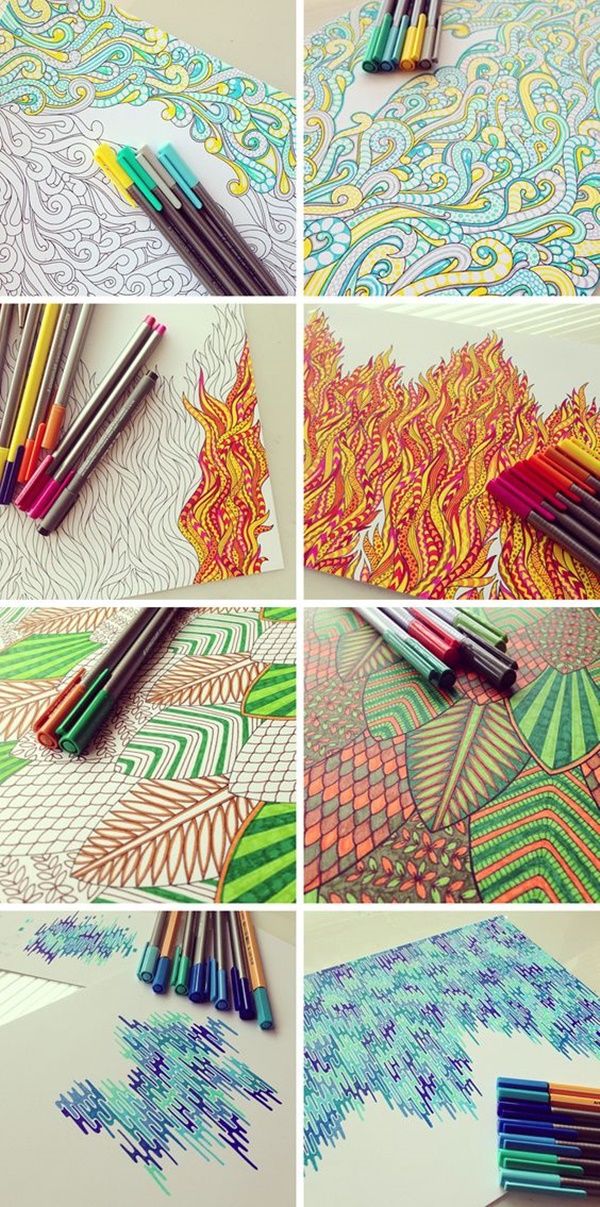
Bonus advice: Do not overcomplicate your book. To gain experience assembling a book, start by creating roughly five pages. You do not have to start drawing a 50-page monster right away. You can feature any type of imagery in your book, such as abstract mandalas, food, or scenes from nature.
3. Plan for your coloring tools
If you plan to color your pages with markers, avoid making them double-sided as the marker’s thick pigment will show through and contaminate the reverse image. Leaving a blank page in between each image is also a good idea, just in case.
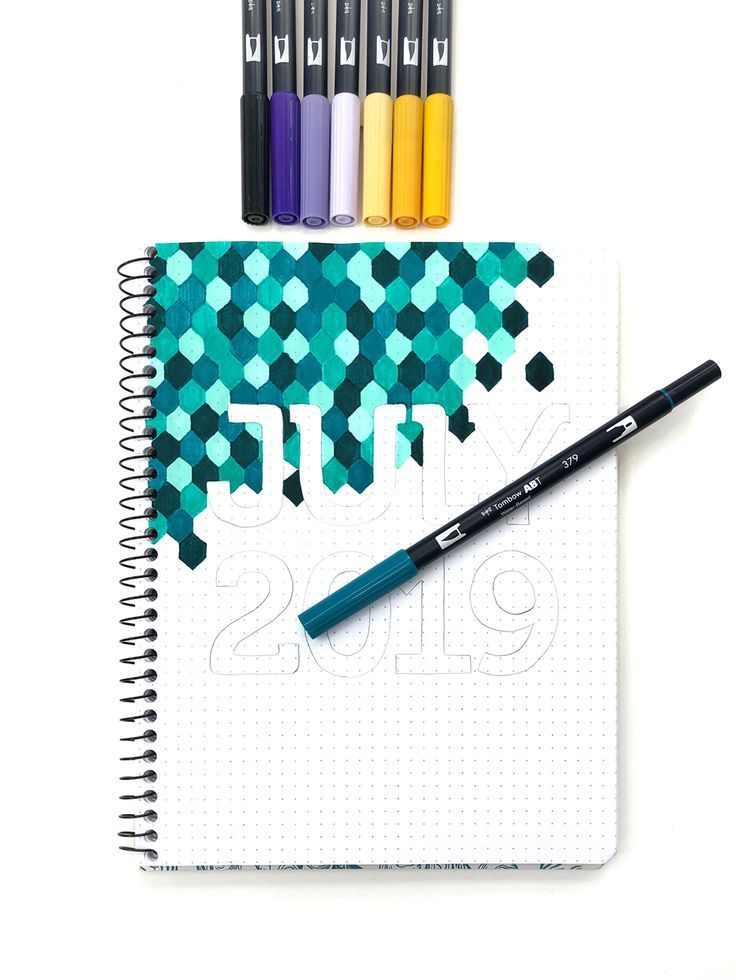
The coloring medium you intend to use affects your designs in addition. For instance, the way you draw lines and the size of the spaces you leave will change depending on whether you use watercolors or colored pencils. You should keep designs simple and give them breathing room while using watercolor. For coloring in smaller details, colored pencils or markers can be far more accurate.
4. Start self-publishing your coloring book
- Draw
The pages of the coloring file are boldly black and white. For this reason, whether you are drawing by hand, a black marker or a large-tip pen work great for generating your graphics. If drawing the pages digitally is more your style, that is also an option.
Pro Tip: To help keep the assembly organized, be sure to add a page number if your coloring book has a certain order for the pages to put in. Although self-assured artists may certainly create pages entirely by hand, many would rather begin with a pencil sketch to help determine the arrangement and layout before committing to the final design. After you are happy with the sketch, cover it with ink, let it dry, and then go over any visible pencil lines. Work through each page until you have a few completed pictures.
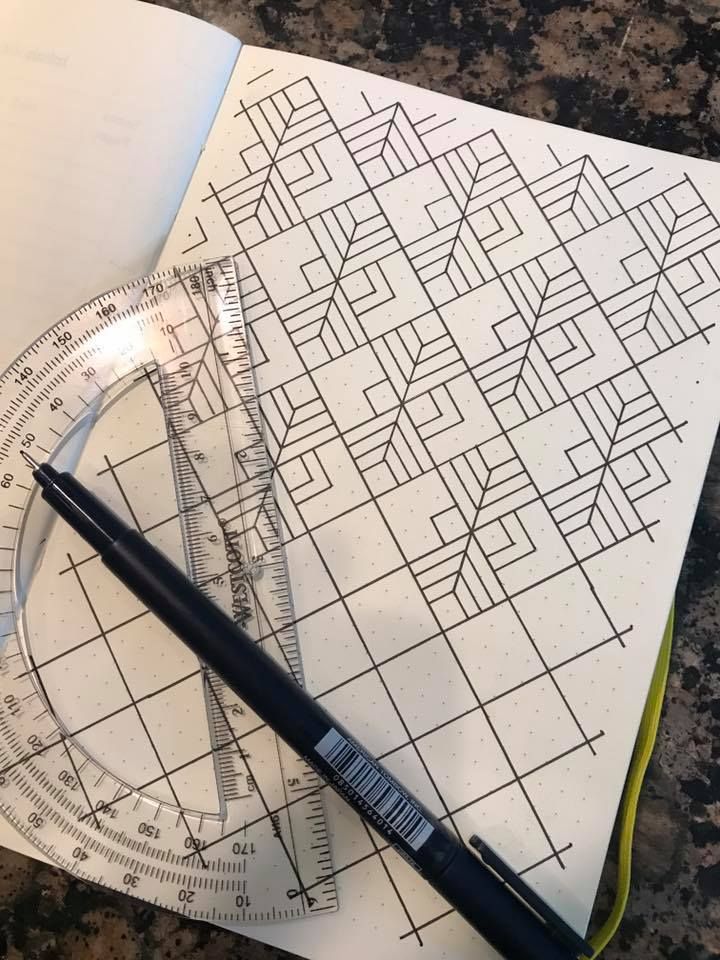
- Scan
It is time to scan the pages after they are ready. Your computer will readily format the scan to a printable page if you worked on 8.5 x 11 paper; otherwise, some photo editing may be necessary.
- Print your book
Make sure you print each page at the same size. If there is a lot of extra white space, trim the pages. Arrange the pages as you see fit.
- Make a cover for your coloring book
Although it is not necessary, giving your coloring book a charming cover makes it cohesive. Create a page exactly as you did previously, scan it, and print it.
- Bind the pages
This need not be extremely sophisticated. Actually, binding a book with just a needle and thread is quite simple. See our binding tutorial for thorough, step-by-step instructions. It is now time to launch your book. Have fun coloring!
Related topic: Coloring Tips To Develop Your Artistic Style In Coloring
III. Making your coloring book using digital tools
If you have made your own coloring books, you may know how much time and work goes into making beautiful pages. But maintaining consistency throughout the entire book can be challenging. That is due to the long process of designing and formatting each page. Therefore, you can take advantage of available digital tools to assist in crafting personalized coloring books. A coloring book tool makes creating professional-looking pages quick and simple by streamlining the creative process. Your productivity will skyrocket if you can turn out high-quality coloring pages more quickly. And that enables you to create more pages in less time. 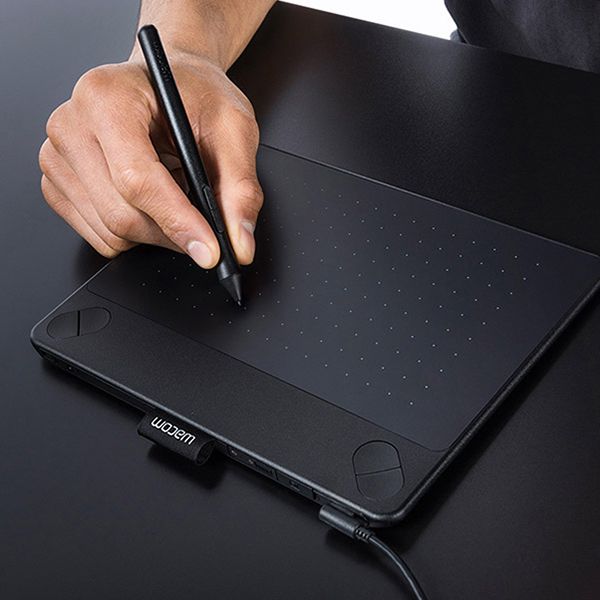
By doing this, you can produce your books more quickly. That will save you time and energy. Simply search for a website that helps you create a coloring book, and you can freely create your great coloring pages.
IV. Tips for coloring skills when creating your own coloring
1. Choosing the Correct Paper
When creating a coloring sheet, the paper you use is very important. A regular weight paper could be plenty for pencil users, but a heavier stock is required to avoid bleeding for aficionados who prefer markers or watercolor paper. If in doubt, experiment with various paper kinds and the colored pencils you anticipate your audience using.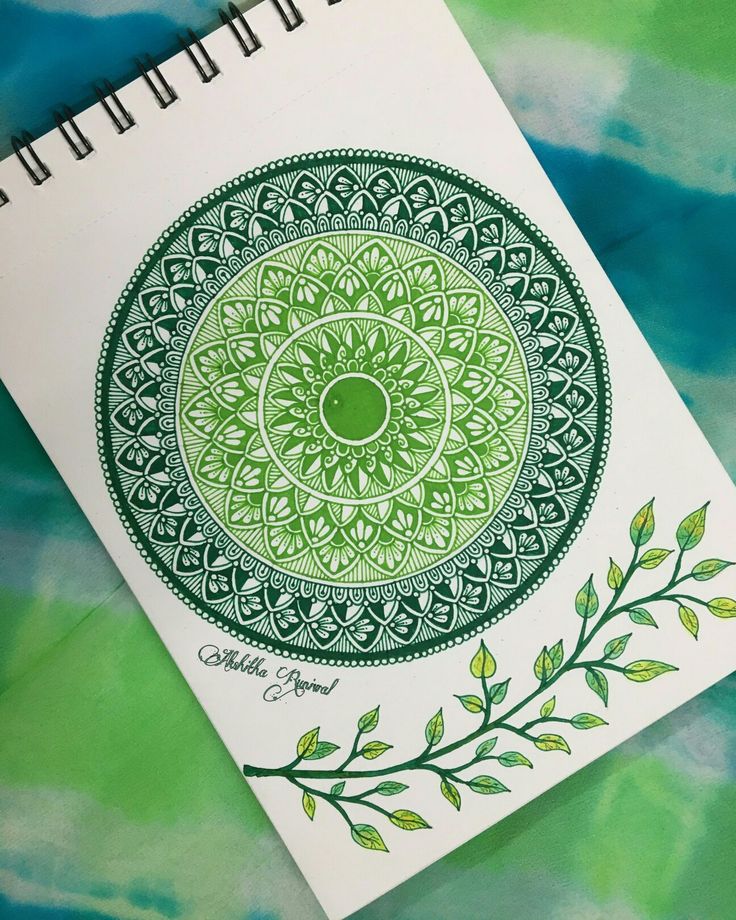
You will need to choose a book cover in addition to the inside pages. Printing this in vivid color will draw attention and provide a sneak peek at the contents. The book’s theme might be conveyed through a bold, straightforward design on the cover, or it can feature a more detailed or composite depiction of the artwork inside.
2. Think and Make a Plan
When creating a coloring book, you should consider some things. First, what kind of book are you hoping to make? Would you like to make a coloring book to help you unwind? Or are you planning to make that for kids? After you have decided the kind of book, it is time to start with ideas and organize your work.
For many adults, coloring books have become a stress-relieving and creative hobby. They are a canvas for everyone with an idea and a dash of imagination, not simply children or professional painters. This step-by-step tutorial is your ticket to making a coloring book that is completely yours, whether your goal is to show off your artistic flair or create a special memento for your kids.
Take our advice and start making your own style of coloring book.
FAQs
1. What is the ideal page count for a coloring book?
Your book may have fewer pages than others, but adult coloring books typically have between twenty and fifty pages. When determining the number of pages, take into account your topic, the intricacy of your designs, and the printing cost.
2. Should I craft my coloring even though I am not artistic?
Yes, you may make coloring files without being an artist if you use computer software to design the pages or if you license the artwork of other artists, as long as you get their consent.
3. What is necessary for making my own coloring pages?
Acquire the necessary supplies before you begin creating coloring sheets. Use a computer or tablet to create your own coloring sheets. Or you can draw them by hand. To create coloring files by hand, you should compile:
- Paper sheets in white color. Because it is both robust and sufficiently thin to allow for coloring, standard print paper is a good choice for coloring. It will not tear as easily as you color it.
- A pencil. The pencil will be used to do the preliminary sketch on your coloring sheet.
- An eraser. If the eraser on your pencil is missing, you will need something that can remove any errors you make and any pencil markings that remain after you have finished creating your color page.
- A printer and scanner are extra. You will need a printer and a scanner if you wish to be able to duplicate your coloring sheet or keep the design intact.
Today Jorz.art will help you learn how to make your own coloring book with our simple tutorials This coloring skill… View More



